| |
|
|
| |
Hot and Cold.
Thu 23rd January, 2014
|
|
|
|
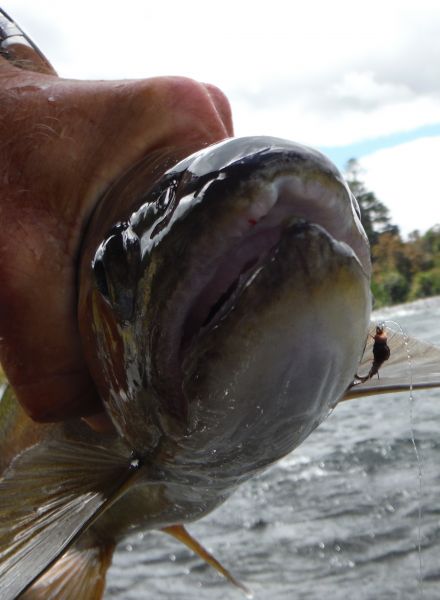
This week the Tongariro has been a bit like the weather ... hot one day ... cold the next !
As temperatures warmed up again on the weekend you could tell by the noise that more and more cicada nymphs had crawled from their burrows and climbed nearby trees to molt for the final time.
Once they'd wriggled free and their wings had hardened they flew off to find a mate ... and the males began to sing.
You could hear the noise building along the river and around the leafy streets and gardens of Turangi.
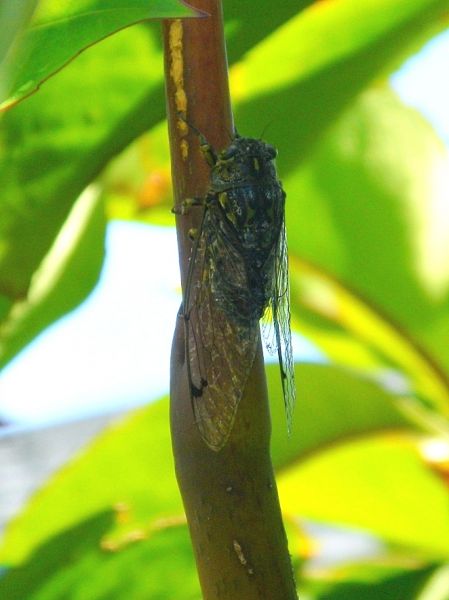
It looks like the combination of showery weather followed by warm days is providing ideal conditions and this big bug is emerging in large numbers. If it keeps up we could be in for the best cicada action for a few years.
Gail was walking the dog on the weekend and had to run the gauntlet of these flying pebbles as she made her way along the the Waikari Reserve Loop Track.
When the sun was shining the sound overhead was deafening at times. But the next day with the return of cloudy weather and cold winds you'd have been forgiven for thinking there wasn't a cicada in town.
Its now believed one of the reasons cicadas tend to stop singing in cooler conditions ... for example when its raining, overcast or after dusk is because the lower temperatures affect the elasticity of the tymbal ribs, part of the organ that produces all the noise.
Its probably just as well it does or we'd never get to sleep at night !
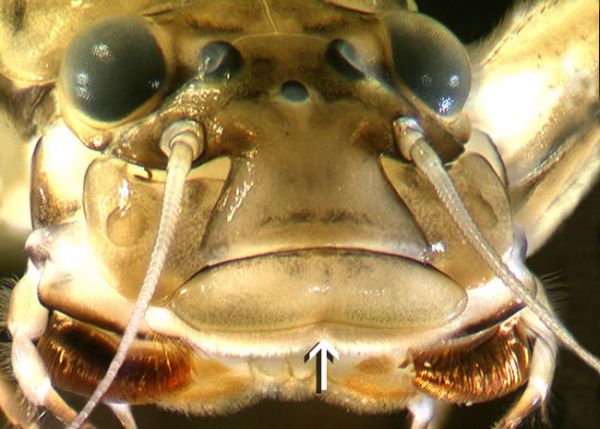
While cicadas are more active in hot sunny weather, mayfly prefer cooler conditions to emerge.
An adult mayfly's only purpose is to mate and lay eggs, so it doesn't need to feed or drink. As the nymph approaches maturity its mouth-parts begin to harden and cease to function.
Because its unable to drink, emerging during cooler conditions lessens the effects of dehydration on the adult insect.
This close-up of a Deleatidium mayfly nymph is courtesy of www.landcareresearch.co.nz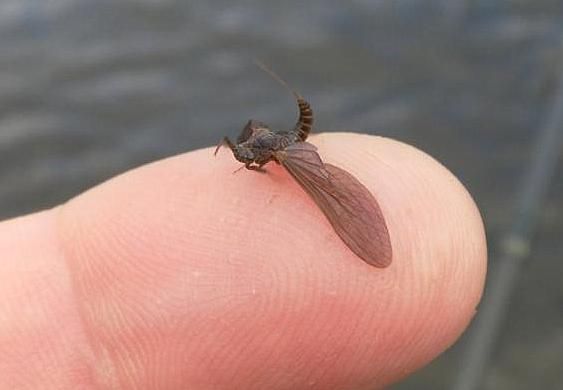
When you have prolonged spells of hot weather the best mayfly hatches will usually be in the morning and evening with very little activity in the heat of the day.
But with this weeks mixture of sunshine and showers there have also been some good hatches during the middle part of the day.
The Quasimodo makes a great dropper fly off the bomb or under the dry and teamed with a skinny tied mayfly nymph is an effective combo during the early part of a hatch.
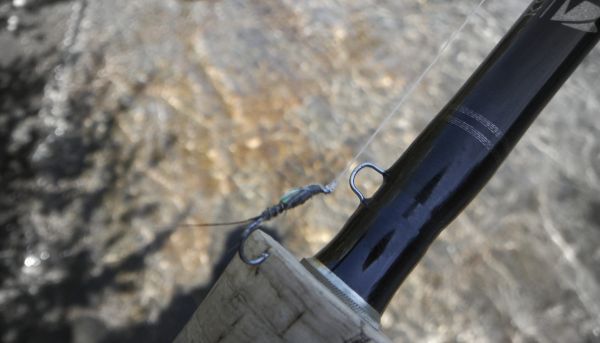 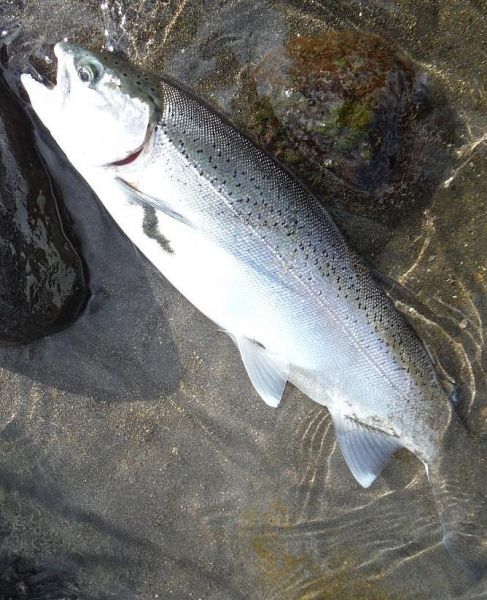
With so many cicadas around the chance of an easy meal floating down river didn't go unnoticed and I had a few fish go for the cicada indicator. As usual when this first happens I did a fantastic job of missing every one of them.
It takes a few misses to get in the groove and I'm sure with my lightning slow reflexes I'll mess-up plenty more chances in the future.
Still more fresh run fish showing up. These "chromers" as the Americans call them, have been reported for several weeks and many anglers have encountered them this summer.
They're not huge fish ... most seem to be in the two to three pound bracket.
When they first started showing up I thought they were just a few stragglers ... but I'm beginning to think there's more to it than that.
It'll be interesting to see if they continue to be a feature of summers to come.
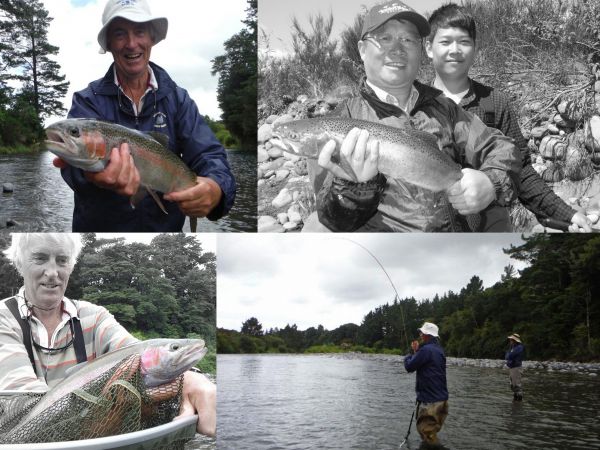
I'll leave you with some images of other anglers enjoying the river.
Tight lines guys
Mike |
|
|
| Back to Top |
|
|
|
|
|
|
|